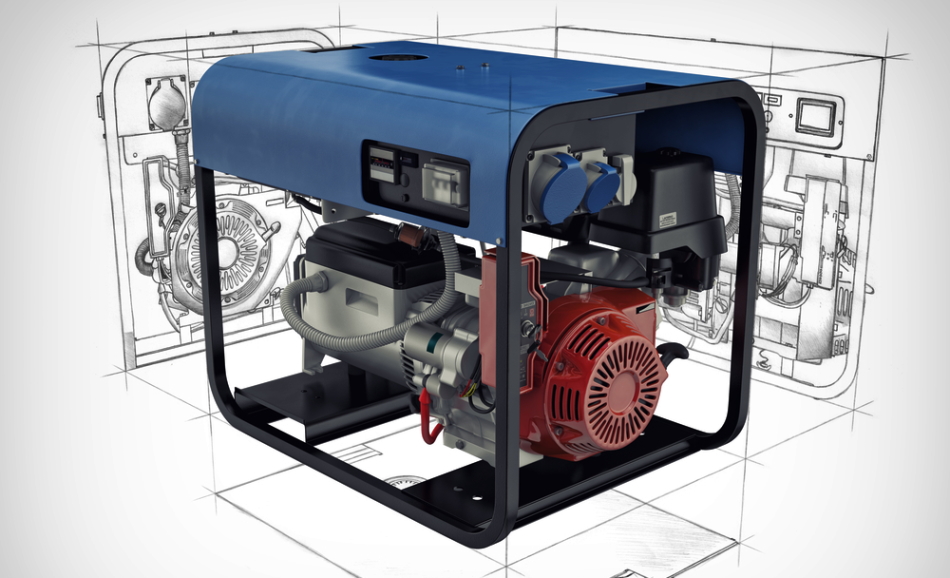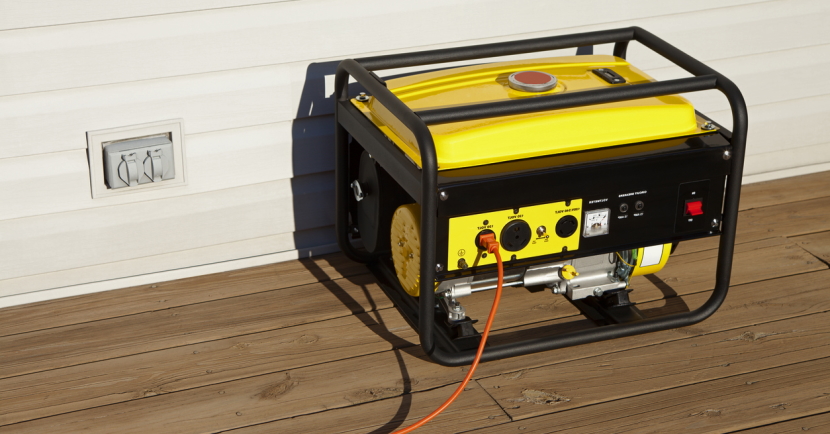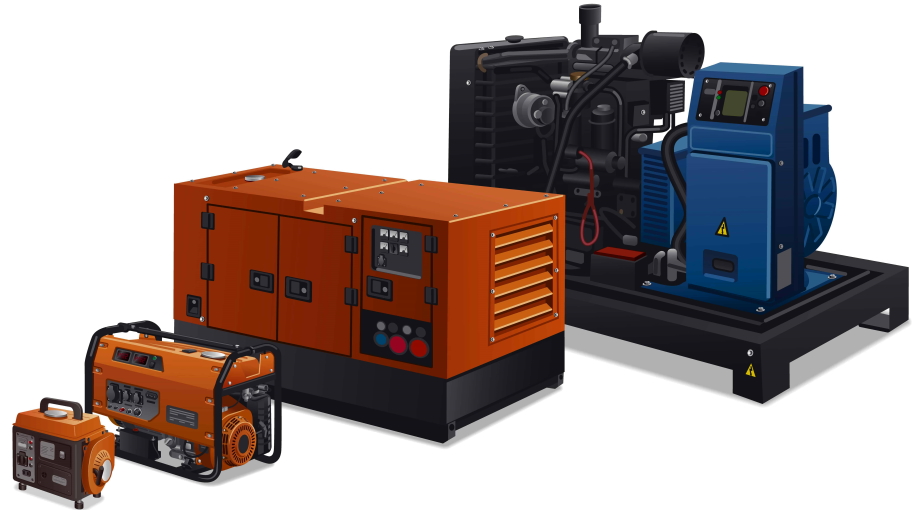How many of us are guilty of leaving the lights on all day, every day? Or how about running your dryer for hours at a time without giving it a second thought. It’s not like our power bills will be any more expensive than they already are, right? Wrong! The average household spends around $200 per month on electricity. That’s an average of $2,400 per year that could go towards something else. So rather than continuing to waste money on unnecessary items, why not invest in reusable and eco-friendly alternative instead?
We all know that electricity is an integral part of our everyday lives. Without it, we would not be able to work, play video games, or watch television. Unfortunately, however, in many parts of the world, large areas with power shortages and blackouts make life difficult for people living there.
You’ll learn about a few different types of these generators and their pros and cons, as well as some tips on installing them yourself to save money without sacrificing quality.

Sustainable alternative to conventional generators
We’ve all seen the news about power outages. It’s not just inconvenient; it can be downright scary to have your home plunged into darkness when you are expecting an important phone call or trying to finish up a project. Unfortunately, power outages are increasingly common due to natural disasters and inclement weather. Still, there is good news for those who want peace of mind in the event of a power outage. Eco-friendly electrical generators are rising as more people become aware that electricity isn’t always available at our convenience. These generators use clean energy sources like solar panels or wind turbines to generate electricity without emitting harmful fumes or noise pollution.
Power generators have increased over the past few years, and many of them are not eco-friendly. The market is moving towards using green energy sources to generate electricity for households, offices, or even large scale. Environmentalists have been fighting for this change because it will reduce pollution and help the environment in the long run. If you’re looking for an environmentally friendly way to power your home without paying high monthly utility bills, read on!

The first step is buying an electrical generator that runs off solar panels or wind turbines instead of fossil fuels like oil or gas. Different types of these generators can be used indoors and outdoors depending on what kind of space you have available at home.
Green alternatives to fuel generators
A fuel generator is a device that can be used to produce electric power. If you’re reading this, then it’s likely that you’ve been considering the purchase of a fuel generator to provide electricity for your home in an emergency. But there are some green alternatives to consider instead!
You may not know this, but fuel generators are expensive. They’re also inefficient and emit dangerous fumes into the air. If you’re looking for an alternative option to power your home during emergencies, consider making changes now that will cut down on your energy use and eliminate the need to buy a generator in the future.
